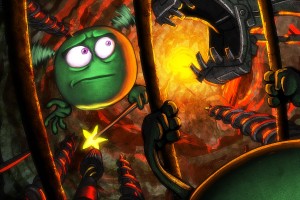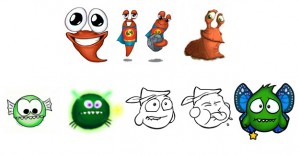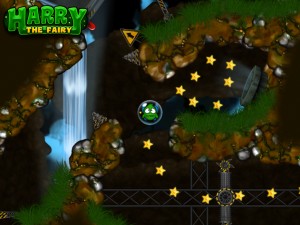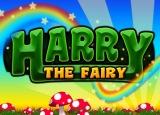 Zaxis started out as a high-end CGI specialist, right? What led the company into the videogame industry, and did Zaxis recruit more members for this expansion or does the same team conduct traditional business and game projects at the same time?
Zaxis started out as a high-end CGI specialist, right? What led the company into the videogame industry, and did Zaxis recruit more members for this expansion or does the same team conduct traditional business and game projects at the same time?
Yup, that’s right. At the beginning we did CGI as well as educational work for 3D schools in Denmark, which meant that we had only three people at our office in Copenhagen and a lot of external people in the vicinity of these schools.
When Bo, our graphic artist, returned home from his Norwegian odyssey at Funcom, he turned up at the office and started doing what he does best – nag. He nagged and nagged Jacob, our CEO, about going into games until Jacob gave up and agreed. And Zaxis Games was born.
Zaxis brought in two guys Bo had previously worked with at another Copenhagen-based game developer: Jeppe, and a few months later I joined. The plan was that Jeppe should aid us in the startup phase by writing some applications for funding, and I should do the programming if the applications went through – which they did.
So basically, we made Harry with a production team of two, although we’ve brought in external people for a week or two to help with specific tasks.
 Tell us a little about the Nordic Game Program and the assistance it’s provided to Zaxis Games’ projects so far.
Tell us a little about the Nordic Game Program and the assistance it’s provided to Zaxis Games’ projects so far.
The Nordic Game Program was really a key player in the decision to move from CGI to game development. Getting approved for funding gave us that initial boost, both financial and in spirit, to really believe in what we were doing. The funding gave us some room for errors too — our first game did not necessarily need to be profitable for us to survive as a company. A huge problem for small upstart developers is the “do or die” situation, where the funds most likely cover a single production, which then must cover the expenses of the next. So getting the funds from Nordic Game Program allowed us to walk away from our first game, Angry Viking, with valuable lessons we then applied while making Harry the Fairy.
We have also received funding from Nordic Game Program to create our next game, but there isn’t much to say about that project at the current stage.
 What genre are you targeting with Harry, and what are the controls like – how does the player interact with the environment, solve puzzles, and clear enemies out of the way?
What genre are you targeting with Harry, and what are the controls like – how does the player interact with the environment, solve puzzles, and clear enemies out of the way?
Harry the Fairy is a puzzle-oriented adventure game with a certain amount of dextrous challenge as well. It’s a game with a broad appeal, while maintaining a distinctive artistic expression.
Harry is plunged into an epic adventure when his party is attacked and all his fairy friends are kidnapped. Harry gathers what little courage he possesses and travels to the center of the world where lava, dangerous machines and environment puzzles stand between him and his friends.
Harry the Fairy features hours of gameplay where both logic and skills are crucial. Harry is not an aggressor, so he has no means of affecting enemies directly, but must use logic and dexterity instead. Harry can push stuff, that’s it. He can move levers, open or close hatches and push barrels. It’s all about figuring out the puzzles, timing your interaction and skillfully carrying out the maneuver.
Harry is controlled by either tilting the device or using an on-screen joystick. The physics-based puzzles, mystical magical setting and dangerous enemy encounters offer a unique gameplay experience that will hopefully keep you on the edge of your seat. A main focus of development is on the game atmosphere, and variation in levels.
 One of the most interesting things you’ve revealed so far is a plan for Facebook integration directly into Harry’s gameplay – it looks like the player can give a special in-game ability to friends who are also playing?
One of the most interesting things you’ve revealed so far is a plan for Facebook integration directly into Harry’s gameplay – it looks like the player can give a special in-game ability to friends who are also playing?
Yes, we have become painfully aware of the necessity to embrace social platforms as a way of getting our game noticed among the thousands of other apps in the App Store and Android Market. We wanted to create an incentive for the player to tell friends about the game. So now all players have the ability to give other friends the gift of magnetism through Twitter, Facebook, e-mail, etc. If you give three friends the gift you will receive it yourself. The gift of magnetism allows Harry to “suck in” the stars in his vicinity, whereas he normally would have to collide with them to collect.
Additionally, we have added the possibility to challenge friends in specific levels. You can also just challenge random players to rise on the local and global leaderboards.


